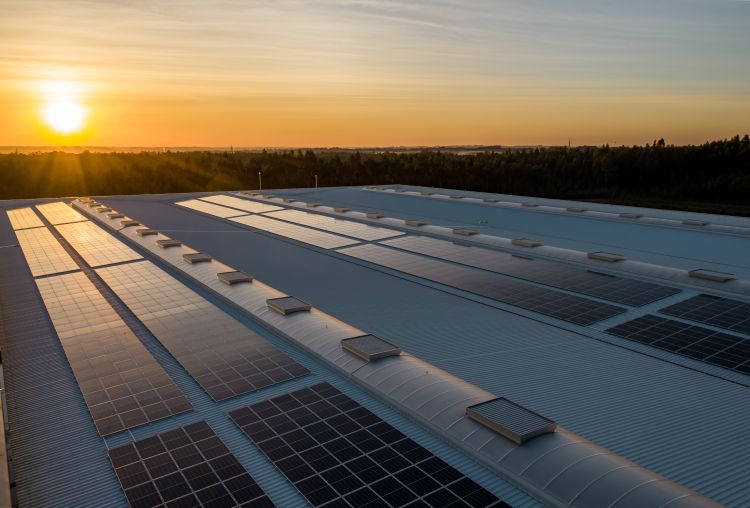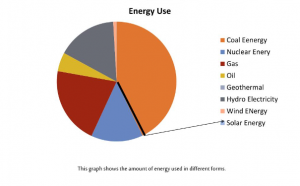
Solar energy has emerged as a transformative force in the global shift towards sustainable power amid the looming threat of climate change. Yet, despite its proven potential to mitigate carbon emissions, the solar revolution faces obstacles in gaining the required momentum. According to the World Economic Forum (WEF), three imbalances stand as significant barriers to universal energy access and the widespread adoption of solar technology.
In 2022, the world invested $1.4 trillion in clean energy and electric vehicles. However, a major portion of the investments in solar energy remains concentrated in developed nations, leaving limited opportunities for developing countries. This geographical divide is fuelling inequitable development. Africa, for example, could greatly benefit from improved access to renewable energy infrastructure, but its share of investments remains marginal. This disparity is hindering global progress.
READ | Sustainability: An enabler for just economic transition
Large-scale solar farms dominate investment portfolios, sidelining smaller-scale solar applications that are vital for decentralised and localised energy access. Investments in projects like solar pumps, cold storage facilities, and other renewables-based livelihood initiatives are proportionally overlooked.
Moreover, approximately 80% of solar technology manufacturing is controlled by two countries, primarily China. This manufacturing monopoly has triggered severe disruptions in the supply chain, resulting in solar manufacturing price hikes exceeding 20% globally in 2021. As the demand for renewable energy is projected to surge by up to nine times by 2030, this manufacturing imbalance poses a significant hurdle for the adoption of renewable energy by less affluent nations.
Share of solar energy in energy use mix

Expediting solar energy transiton
To promote widespread solar energy adoption, the WEF recommends urgent interventions. Deploying solar mini-grids and standalone solar systems can enhance universal energy access. Since grid extensions cannot cover all regions, solar mini-grids suit communities situated far from grids, and standalone solar systems are apt for sparsely populated areas. Organisations like the International Solar Alliance must prioritise aiding underserved regions.
To break the manufacturing monopoly, countries with substantial demand should consider producing solar modules locally to mitigate supply chain vulnerabilities. For instance, importing solar cells but manufacturing modules domestically can reduce import-associated costs.
In India, the government has set an ambitious goal of adding 250 GW of renewable energy in the next five years and installing 500 GW of clean energy by 2030, with solar energy playing a pivotal role. Yet, obstacles persist, including upfront costs linked to installing solar panels. Despite government incentives and decreasing panel prices, the initial investment remains a major deterrent for residential, commercial, or industrial installations.
Financial constraints hinder many individuals and organizations from finding suitable financing options for solar installations. The lack of affordable loans or lease choices can render upfront costs unaffordable.
Technical challenges also impede the solar revolution. Integrating solar power into existing electrical grids, especially outdated infrastructure, poses logistical and technical hurdles. Upgrading or expanding grid infrastructure to accommodate solar power is costly and time-intensive, deterring potential solar projects.
Despite government efforts, a lack of awareness and education about renewable energy dissuades even well-off families from adopting solar power. Many misconceive that they will notrecoup upfront and maintenance costs, and they have limited knowledge of solar project benefits, including savings potential, environmental advantages, and technological advancements.
With the COP28 presidency underscoring the need to triple renewable energy capacity by 2030, solar energy’s pivotal role demands a significant uptick in clean energy investment. Regulatory frameworks and successful business models must be shared by governments globally, especially considering the urgency of climate change. International financial institutions and development bodies must address the growing disparity between developed and developing nations, aligning their agendas to assist less affluent countries. Without collective effort, the fight against climate change remains at risk.
In the pursuit of a sustainable and equitable future, the global community must recognise that the challenges and opportunities presented by solar energy transcend national borders. The urgency of addressing climate change requires unprecedented levels of cooperation and collaboration. Governments, international organisations, financial institutions, and the private sector must come together to share knowledge, resources, and expertise. The nations need to foster a spirit of global partnership to bridge the gaps in solar energy adoption, ensuring that its benefits reach every corner of the world.
Anil Nair is Founder and Editor, Policy Circle.

